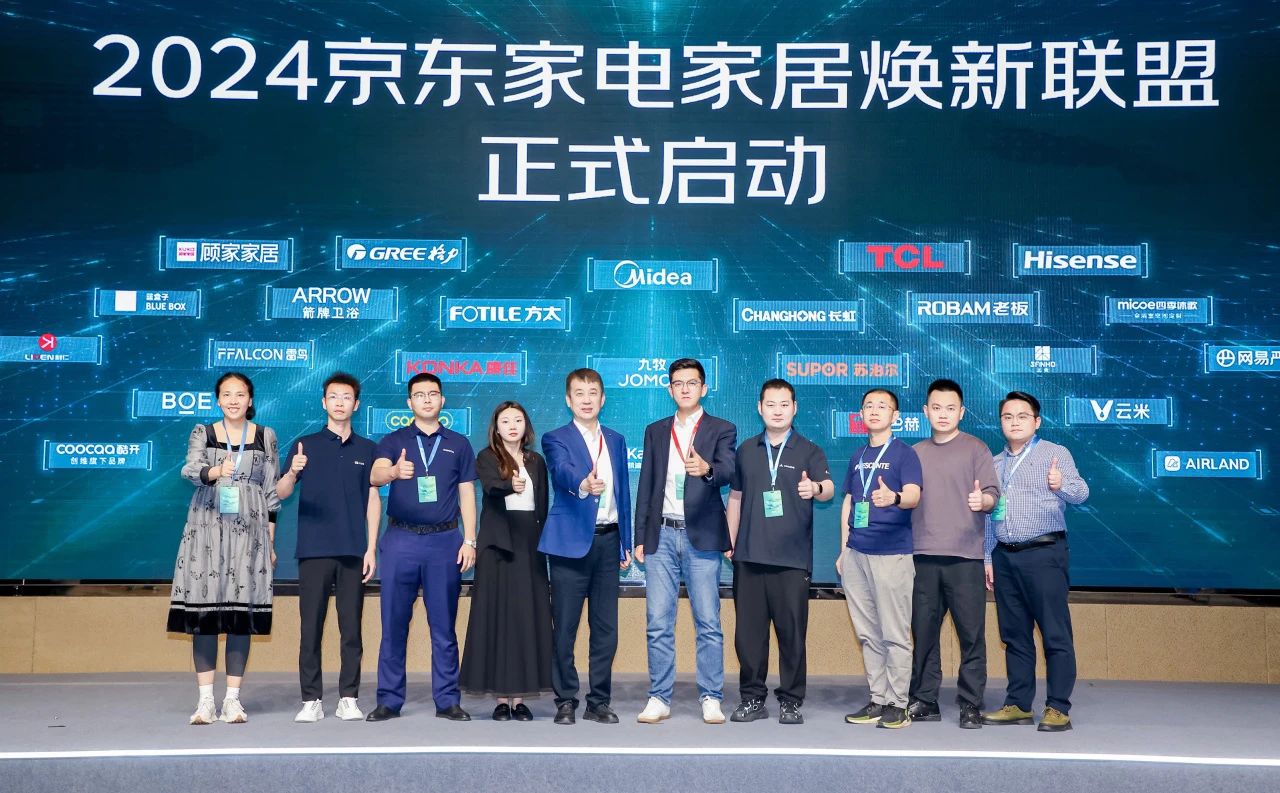Oct 29, 2020|
C2M: JD’s Data to Change China’s Manufacturing Industry
C2M: JD’s Data to Change China’s Manufacturing Industry
by Kelly Dawson
“Only by creating value can we be rewarded.” Richard Liu, Chairman and CEO at JD.com, has cited this adage as a guiding philosophy for JD.
Nowhere is this more apparent than in JD’s consumer-to-manufacturer (C2M) initiative, which leverages JD’s big data insights to jointly develop tailored products with brand partners based on exactly what customers want, as revealed through their shopping behaviors and preferences.
Ahead of this year’s Singles Day promotion period, in which JD will launch 300 million items of new products including a wide range of C2M items, JD’s Big Data Research Institute released a report on overall consumption trends related to new and C2M products.
A driving force
According to the report, new products (including C2M) have become a major force in assisting China’s post-pandemic economic recovery—much of it driven by people younger than 40 years old with strong spending power, who are increasingly interested in products that demonstrate their individuality. This is where C2M products can shine, by catering to the changing desires of younger consumers.
The number of new products released on JD in a single month in 2020 exceeded that of the whole year in 2018, the report noted. The number of new products released on JD since 2020 has been close to 200% of the total in 2019.
As we dive into this year’s Singles Day promotion period, the transaction volume of new products on JD has reached more than 40% of the total range of products—confirming that the category will continue to drive the whole consumer market upward.
“Concrete results”
JD’s C2M initiative aims to address many of the challenges associated with the traditional product development model, offering what JD believes to be an “intelligent revolution” for the consumer market.
In the old model, the average product launch cycle was 18 months, with ten months spent on market and product research alone. Many brands found that by the time the products hit the market, consumer tastes had already moved on. The path from the upstream production to the downstream sales was simply too long—and worse, was often been ineffective at providing an accurate picture of what customers really want.
Further, the chances of a successful launch for a new product in the traditional model are very low—only 5%, according to a study published by Harvard Business Review.
In contrast, brands that worked with JD to co-develop C2M products saw product research time cut by 75%, shortened the product launch cycle by 67% and increased sales, according to JD Retail CEO Lei Xu.
For example, Lenovo launched a C2M version of a high-performance thin and light notebook customized to address customer feedback. Coinciding with the outbreak of COVID-19 and a boom in home office-related purchases, the product saw huge sales. Since then, different models of the notebook have occupied the top three positions of Lenovo notebook sales.
Li Weichang, general manager of Lenovo China’s consumer PC division, said that the cooperation with JD has yielded concrete results. “The data analysis provided by JD has brought significant improvements to Lenovo’s product design, which has helped us more precisely target customer needs and provide products people want,” he said. JD and Lenovo announced in 2019 that the partnership aims to generate RMB 10 billion yuan in sales of enterprise products by the end of 2022.
Another successful case is Sony’s full-screen AI eye protection TV, which was developed in response to customer feedback that expressed concern for children’s eyesight while watching TV. Sales of the TV increased six times during the National Day holiday, compared with the average daily sales in September.
Valuable data
JD’s ability to provide truly valuable data insights to brands lies in its successful expansion across many categories—now ranking first in China’s household appliance retail omnichannel category, with market share of 28.9%; and also leading the mobile phone category online and through omnichannel. JD Super is currently the largest online and offline supermarket in China; and so on.
Relying on a strong intelligent supply chain, JD is able to collect information from the whole process—before, during and after sale of goods. This approach places consumers at the center, with an aim to create products and services that truly address common pain points. Additionally, JD provides manufacturers with full-scale assistance in terms of channels, supply chains, users and logistics.
Through the C2M initiative, JD has created a closed loop ecosystem that is better positioned to serve consumers.
As China transitions to an economic strategy of “dual circulation” that will rely more heavily on domestic consumption, the digital upgrading and transformation of China’s manufacturing industry will certainly play an important role.



 JD Health: China’s Chief Health Officer for a Healthy China
JD Health: China’s Chief Health Officer for a Healthy China



